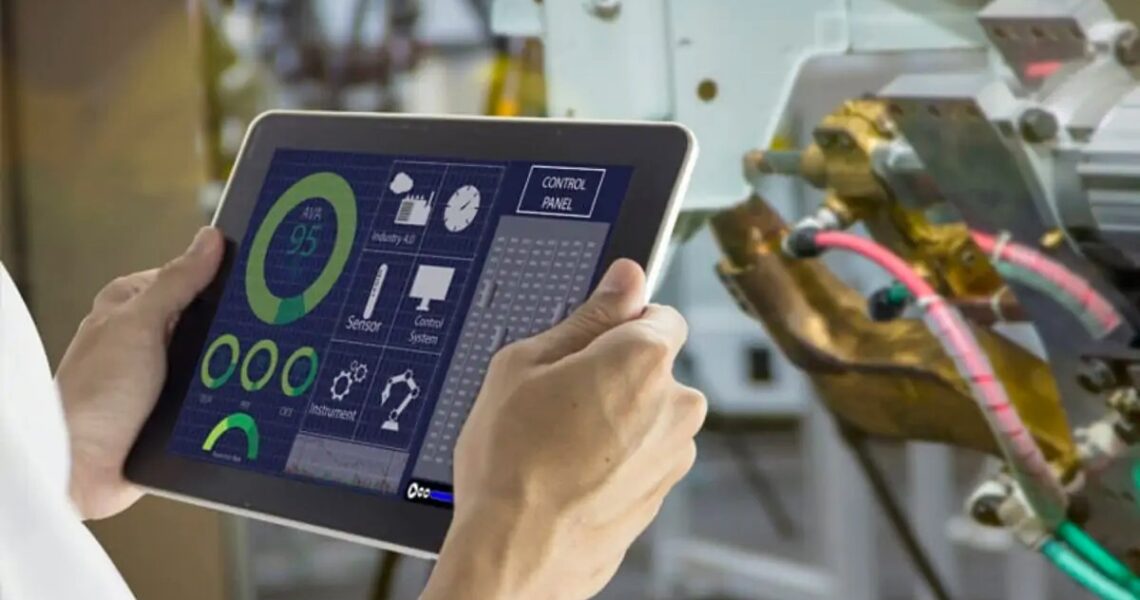What is preventive maintenance, and how does it work?
Preventive maintenance (or praeventive wartung) is maintenance performed on a piece of equipment on a regular basis to reduce the chances of its failure. It is scheduled routine maintenance based on data insights. This article gives you knowledge about the definition, examples, uses, its software, advantages and disadvantages of praeventive wartung.
Preventive maintenance is done while the equipment is still operational to ensure that it does not break down suddenly and cause unplanned downtime. This maintenance technique is in between reactive (or run-to-failure) and predictive maintenance in terms of complexity. The coordination of your preventative maintenance duties can be substantially simplified with PM software. Your preventative maintenance requirements and data will be tracked and stored by good PM software. Work orders, purchases, inspection records, and inventories may be easier to handle as a result of this. Preventive maintenance software helps prioritise your chores and provide the information needed to perform the activity. A PM programme can also be used in planning when activities should be completed based on your operating demands, eliminating work schedule disruption. Examples of preventive maintenance are:
- The equipment that needs to be maintained has different preventive maintenance requirements. Cleaning, lubricating, replacing or to repair the parts, and even partial or complete overhauls are examples of duties.
- Preventive maintenance can take many forms, such as ensuring that manufacturing line equipment is in good operating order or inspecting, cleaning, and updating heating, ventilation, and air conditioning components.
- Other aspects of a firm, on the other hand, need to be maintained on a regular Water supplies must be clean, electrical systems must be safe and compliance with regulations, and doors, lighting, and flooring must all be evaluated to verify that they are in good working order and are not potentially harmful.
Advantage of Preventive Maintenance or Praeventive Wartung
One of the most obvious advantages to perform preventive maintenance is that you’ll be more likely to avoid problems before they occur. Isn’t that the whole point? However, if you’re still not convinced, here are a few specific benefits to consider:
- Preventive maintenance reduces downtime and business closures caused by unexpected equipment failure
- Preventive maintenance will extend the life of your equipment, saving you money in the long term.
- Preventive maintenance ensures that all equipment and workers work only during specified hours, obviating the need for overtime compensation due to unforeseen machine malfunctions, for example.
- Präventive Wartung will considerably reduce the risk of injury to staff and consumers, lowering the expense of lawsuits and workers’ compensation claims.
- Due to high levels of operational efficiency, preventive maintenance means less energy consumption for your assets and equipment, lowering your power bills.
Disadvantage of praeventive wartung/ preventive maintenance
There are a few potential drawbacks of working on a preventive maintenance schedule:
- Budgetary restrictions
Because of the high cost of software and the cost of engaging external expertise, some smaller organizations have discovered that advanced digital maintenance solutions are prohibitively expensive. Because of these financial constraints, some people regard PM as a luxury rather than a necessity. Fortunately, as more economical solutions have entered the market in recent years, this scenario has begun to change.
- Required Additional Resources
Preventive maintenance may necessitate more personnel, components, and time. As a result of this necessity, some businesses will concentrate their preventative maintenance efforts just on mission-critical assets.
- Consumes a lot of time
PM, as previously stated, can be time consuming. Inspection of intricate equipment can be a time-consuming activity, leading some people to try to avoid doing routine inspections and maintenance.
- Difficulties in Organization
It might be challenging to organize your preventative maintenance, especially if you have hundreds or thousands of assets to maintain. The usage of a maintenance software application, on the other hand, considerably reduces these challenges. A dedicated PM programme eliminates the need for binders of paper and the necessity for employees to remember what has to be done when.
Conclusion of Preventive maintenance
Having a clear, defined, and well-thought-out maintenance plan is a key first step for setting up a firm for long-term success in an era where more than 80% of companies have suffered an unexpected outage in the last three years. Preventive maintenance, or PM, is scheduled maintenance that is performed on a regular basis and is based on usage or time-based triggers. The goal of PM is to reduce the chances of equipment failure. Preventive maintenance is the ideal maintenance plan in many cases, and it’s much easier to implement a PM strategy with the aid of maintenance software.











